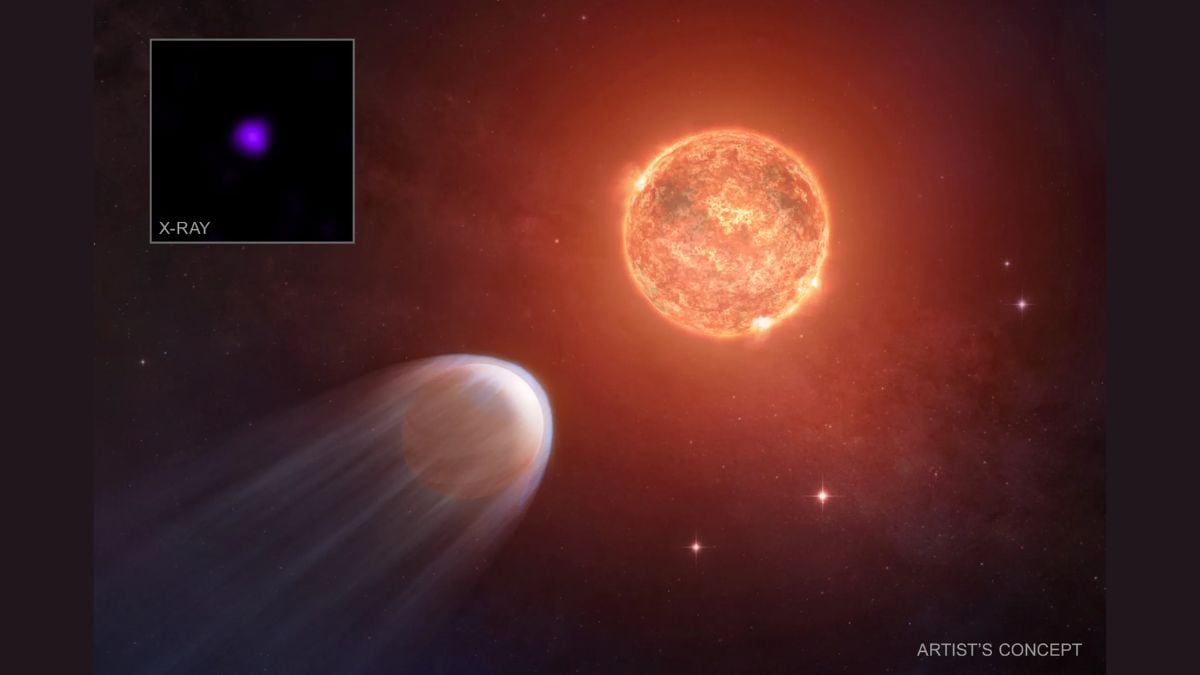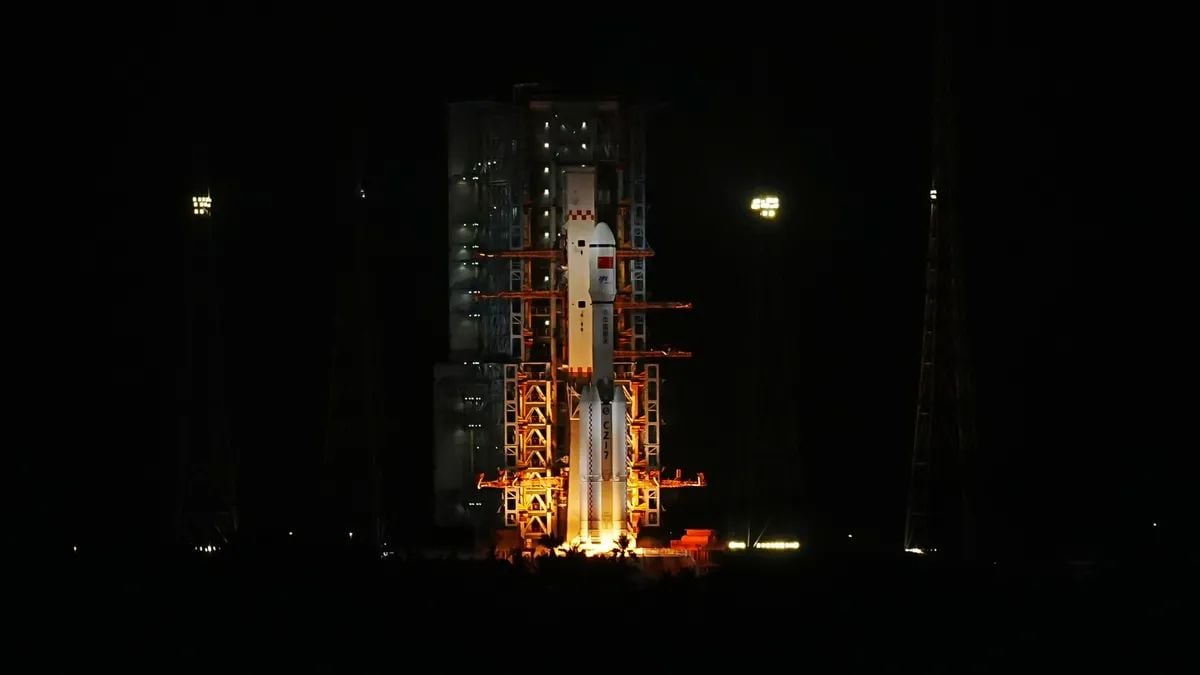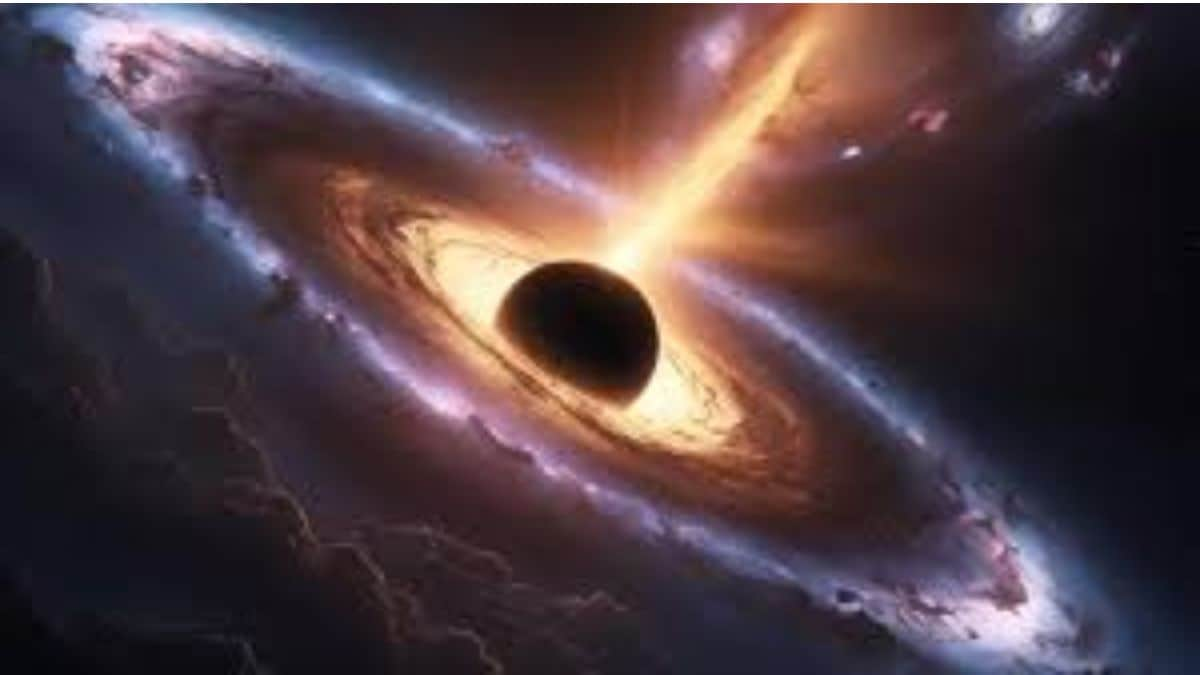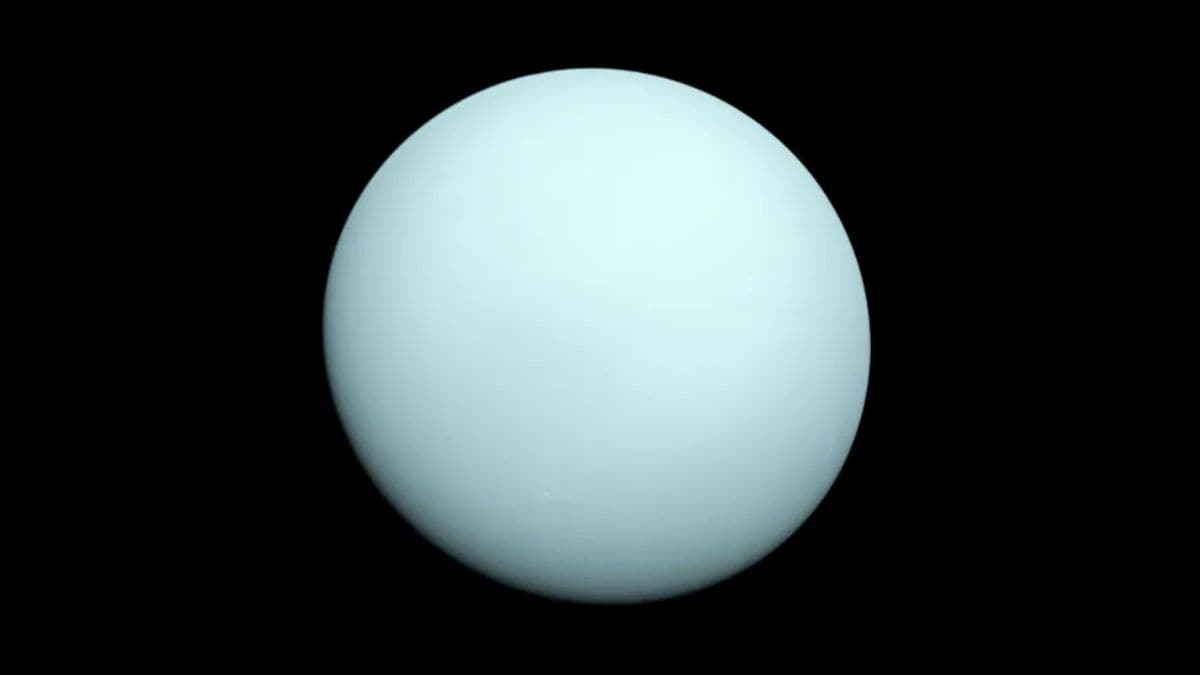Astronomers have found a giant planet that is 10 times bigger than Jupiter and is orbiting a pair of massive, extremely hot stars, an environment previously thought too inhospitable for a planet to form. Scientists have named the planet “b Centauri (AB)b” or “b Centauri b”. The European Southern Observatory (ESO), which photographed the planet from its Very Large Telescope in the Chilean desert, said the planet “B-type” dual star “emits large amounts of high-energy ultraviolet and X-ray radiation, both of which have a strong impact on the surrounding gas that should work against planet formation.”
The stars and the planet sit at the centre of a solar system in the Centaurus constellation. The b Centauri (AB) b is an exoplanet, a planet that is placed outside our solar system. Researchers said their findings show that planets can form in much more massive stellar systems than what previous results had made us believe. Being 10 times bigger than Jupiter makes it one of the biggest planets ever found. The observatory also said that the planet’s orbit is “one of the widest yet discovered,” 100 times greater than the distance between Jupiter and the sun. “This large distance from the central pair of stars could be key to the planet’s survival,” it added.
The discovery was made in July and has been published formally in the journal Nature this week. “The discovery challenges existing models for how planets and stars form,” the researchers write in the science journal.
“It completely changes the picture about massive stars as planet hosts,” said the study’s lead author, Markus Janson, a professor of astronomy at Stockholm University. “B-type stars are generally considered as quite destructive and dangerous environments, so it was believed that it should be exceedingly difficult to form large planets around them,” Janson said.
In an email to NBC News, Janson said the discovery has inspired him and his colleagues to expand on a survey — called BEAST — to examine 85 similar stars.











